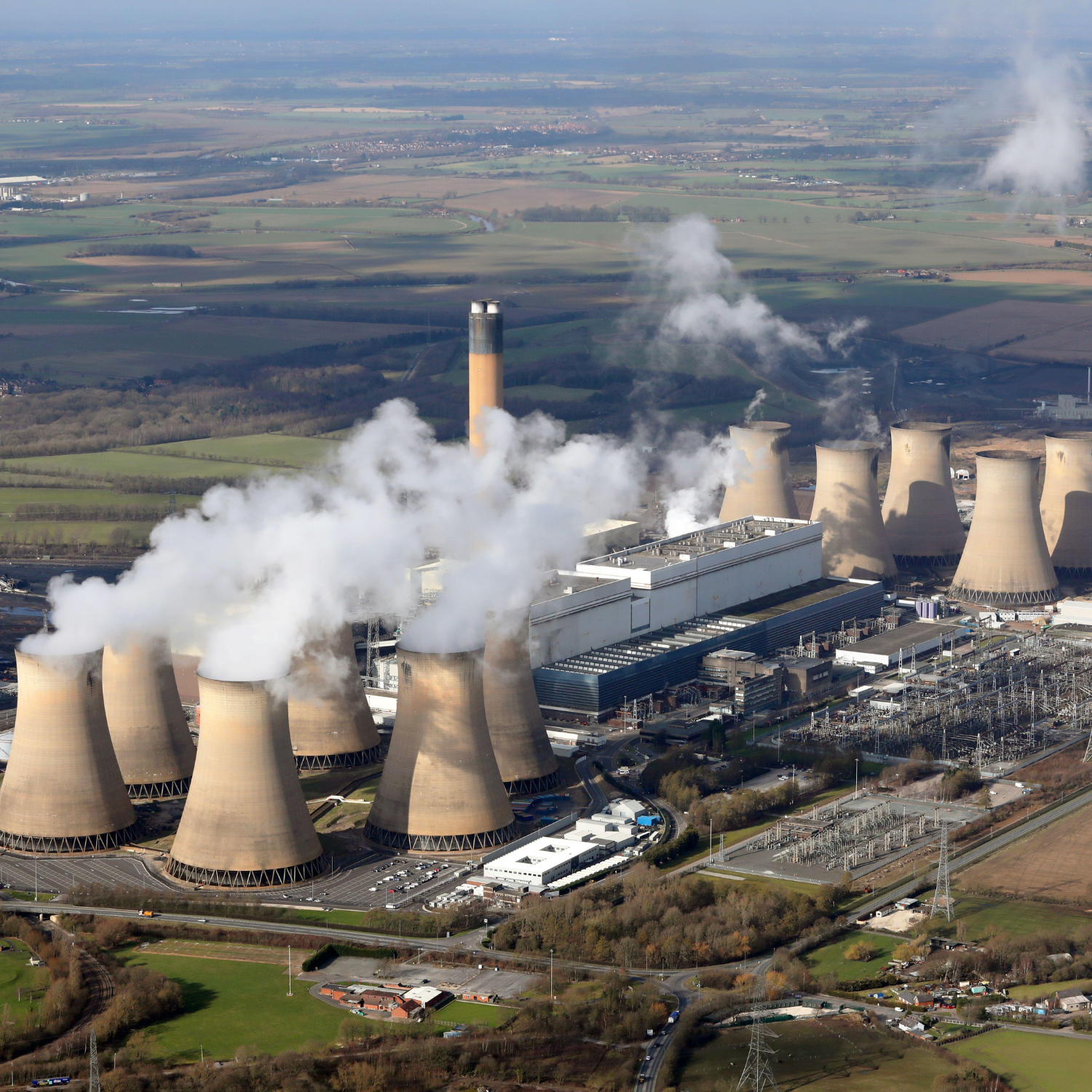
G7
Across the G7, coal-fired generation has shrunk by a 45% since 2015. And a gas phase out is on the horizon.
Anchor point: Overview
Highlights
48% of G7’s electricity was generated from clean sources last year, above the global average of 39%.
Together the G7 – consisting of Canada, France, Germany, Italy, Japan, the United Kingdom and the United States – were responsible for 18% of global power sector emissions in 2023. A decade ago, G7 emissions were ten percentage points higher.
Since 2015, electricity generation from coal has shrunk by 45% across the G7. The UK was the only country to fall in absolute coal generation rankings, from 4th to 6th place, with a 95% collapse in coal generation between 2015 and 2023. Despite remaining at the top of the rankings, the US saw the biggest absolute fall in coal generation and reduced its generation by 50%. Japan is the clear outlier, with coal still accounting for almost a third of electricity production and seeing only a modest decline of 7% since 2015, compared to the average fall of 66% for all other G7 members.
Gas dependence is still high, as the G7 accounts for 38% of global electricity generation from fossil gas in 2023. The G7 as a whole saw gas generation increase by 1.2% year-on-year, driven by a coal-to-gas switching in the US. Gas generation in other G7 countries fell by 86 TWh.
To limit global temperature rise to 1.5C, the G7 must phase out coal by 2030 and fully decarbonise electricity by 2035. The IEA has said that the G7 are ‘well placed’ to fully decarbonise their electricity by 2035. In April 2024, the G7 committed to end use of unabated coal power plants by 2035.
Anchor point: Data
Anchor point: Insights


